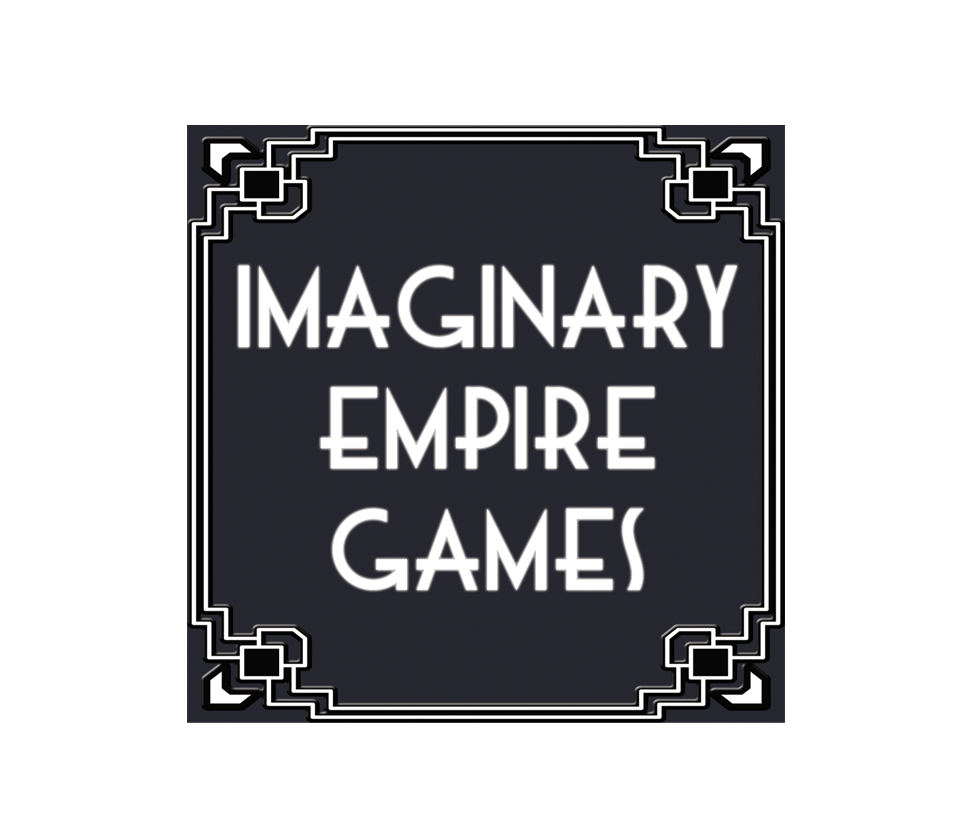Why cards?
Well, as you may have read in my post on the design philosophy for EPOCH (republished recently in the RPG review) I wanted EPOCH to be a highly focussed game and felt that using dice, and even the lightest mechanical touch to support them, risked diverting player interest from the character narrative at key moments in the game. In terms of a resolution system, in a survival horror game, from a players view it seems reasonably to try and skew the odds in the favour of your character wherever possible – after all, the overall odds are likely to be tilted against your character, and in my experience of using systems, even comparatively simple and abstract systems like Gumshoe, or story based systems like Fiasco, some players will often want to optimise any odds or outcomes as a general principle, if presented the opportunity to do so. This invariably results in players seeking out-of-character clarification across the table, or negotiating to try and ensure they have the best chances of success. I’m certainly not against using dice, but for my game, where detailed characterisation over a single session is essential, I wanted a mechanic that better supported this approach.
 EPOCH also uses cards to provide
attributes and motivations to help with character creation, reveal plot
elements as part of the Horror Track, tack the triggering of flashbacks and provide inspiration for players during the game if required.
In each case a randomly rolled table, supported by dice could have delivered these elements,
but I felt that making each element available to the player (and GM) in the
form of a card was a more elegant solution.
EPOCH also uses cards to provide
attributes and motivations to help with character creation, reveal plot
elements as part of the Horror Track, tack the triggering of flashbacks and provide inspiration for players during the game if required.
In each case a randomly rolled table, supported by dice could have delivered these elements,
but I felt that making each element available to the player (and GM) in the
form of a card was a more elegant solution. Design
Because EPOCH is a game which stresses player focus on characters I wanted the cards to be very simple, and allow the player to use their own creative abilities to fill in the detail. For this reason, most of the original EPOCH cards were simple white rectangles with a black border, featuring a single word. For the Outcome cards, which depict the injuries the characters suffer, I wanted to add a little extra element, blood spatter in quantities appropriate to the outcome seemed like a neat visual way of overlaying the degree of severity of each card.
The basic cards I made for the early version of EPOCH were serviceable, if somewhat no frills. However, I found that when my fellow EPOCH GM’s were printing them in preparation for Kapcon they frequently complained because the cards weren’t aligned to print double sided and assuming you want all possible card options for six players, you needed to cut out around 98 cards, which is almost 200 squares to cut when you do the card backs separately!
So I commissioned EPOCH artist Doug Royson to come up with some new art for the cards. I knew that I wanted to try the print-on-demand card service offered via drivethrurpg, and therefore decided to make the new cards in the same format for both electronic and print versions. To help the process I gave Doug the information sheet from Drivethrurpg which specified the size of the cards, and the need to create a bleed around the card (an area which the printer couldn’t guarantee 100% where the cut would be so should have no important text or images.
Doug delivered some amazing looking prototype cards. We went back and forth a few times until we got a final product we were both happy with. These were delivered as photoshop files of around 60-80 MB that I then used photoshop to create the entire deck. Next I created the files for the digital product by laying these out using identical templates so they can be printed double sided (although I’ve found many printers have a tray feeder variance of anything from 2-10mm, and the bigger and fancier the printer you use, the more likely you are to find a low double side feeder variance).
Printing
I had thought doing the digital files was fairly laborious, as each card had to be resized and copied to a layout page and lined up with guidelines, but that was nothing compared with what was to come.
- Tip One: Create multiple versions of all your cards so that you always have master files for each step of the process you can revisit.
- Tip Two: make sure you mark the bleed lines into your print documents and factor them in.
- Tip Three: check your colour settings.
- Tip Four: start with large, high res card files and convert them later, creating new print master files.
- Tip Five: Create the final file carefully, and double check everything.









